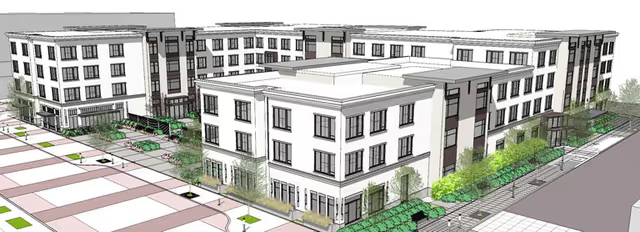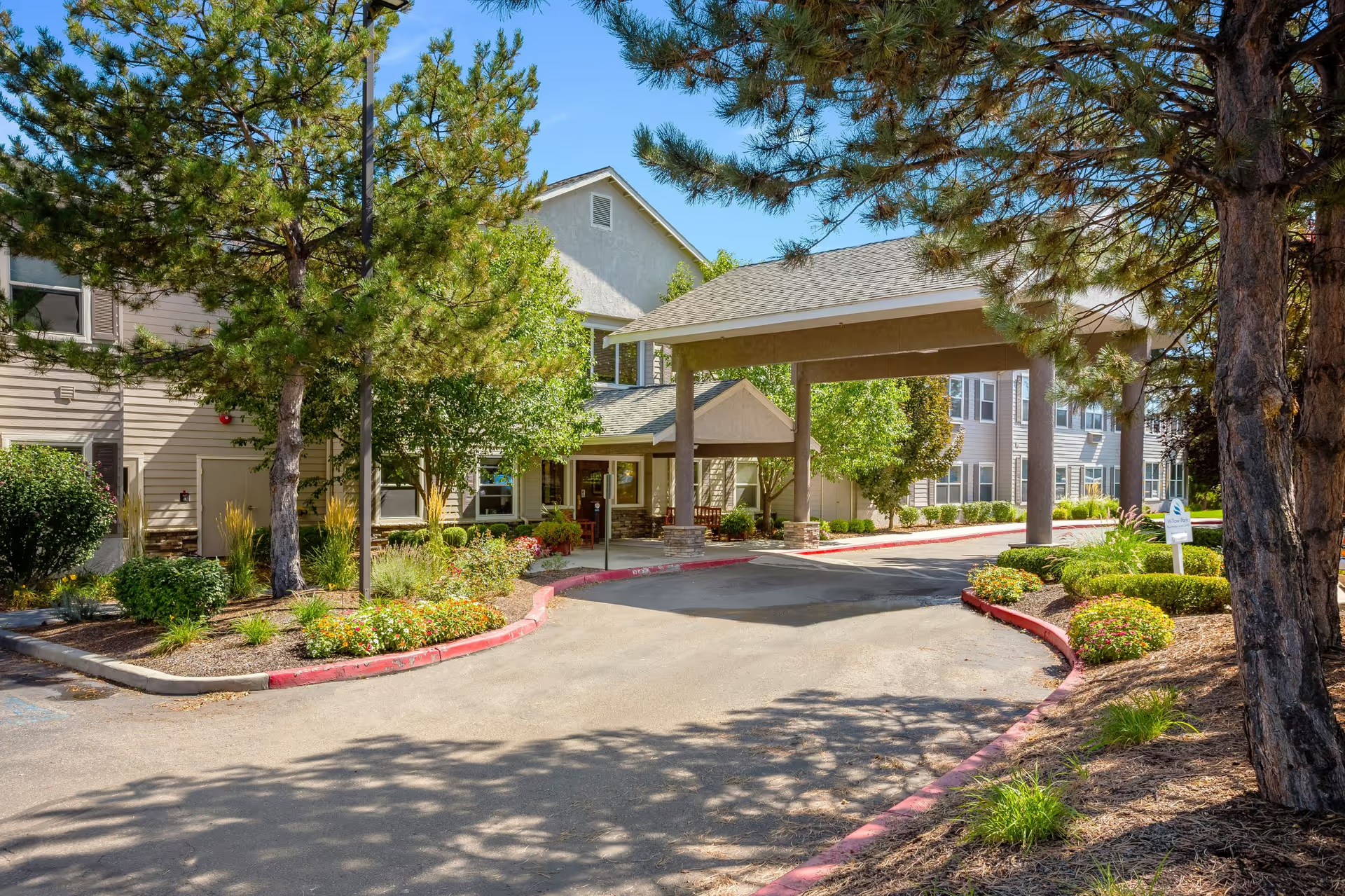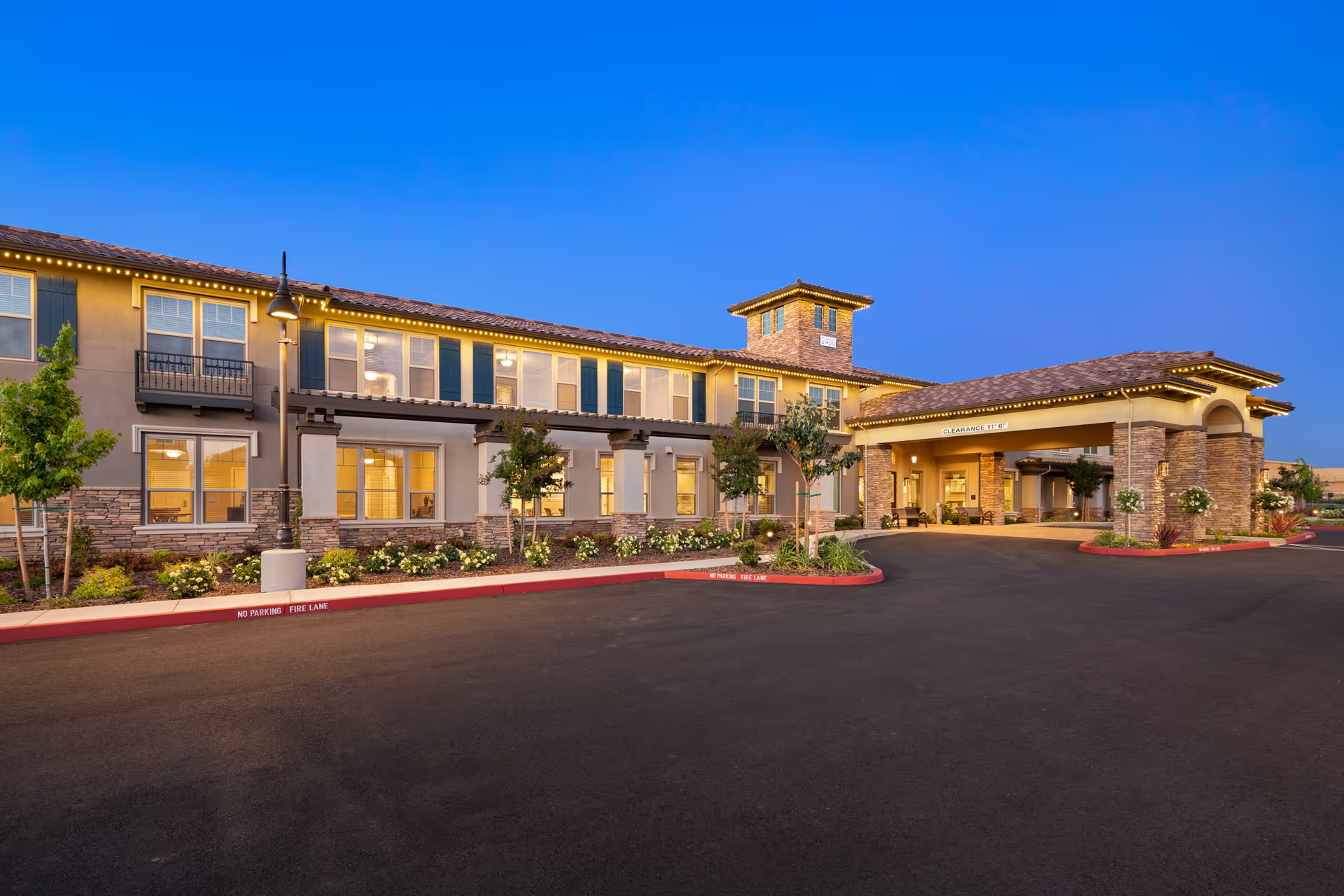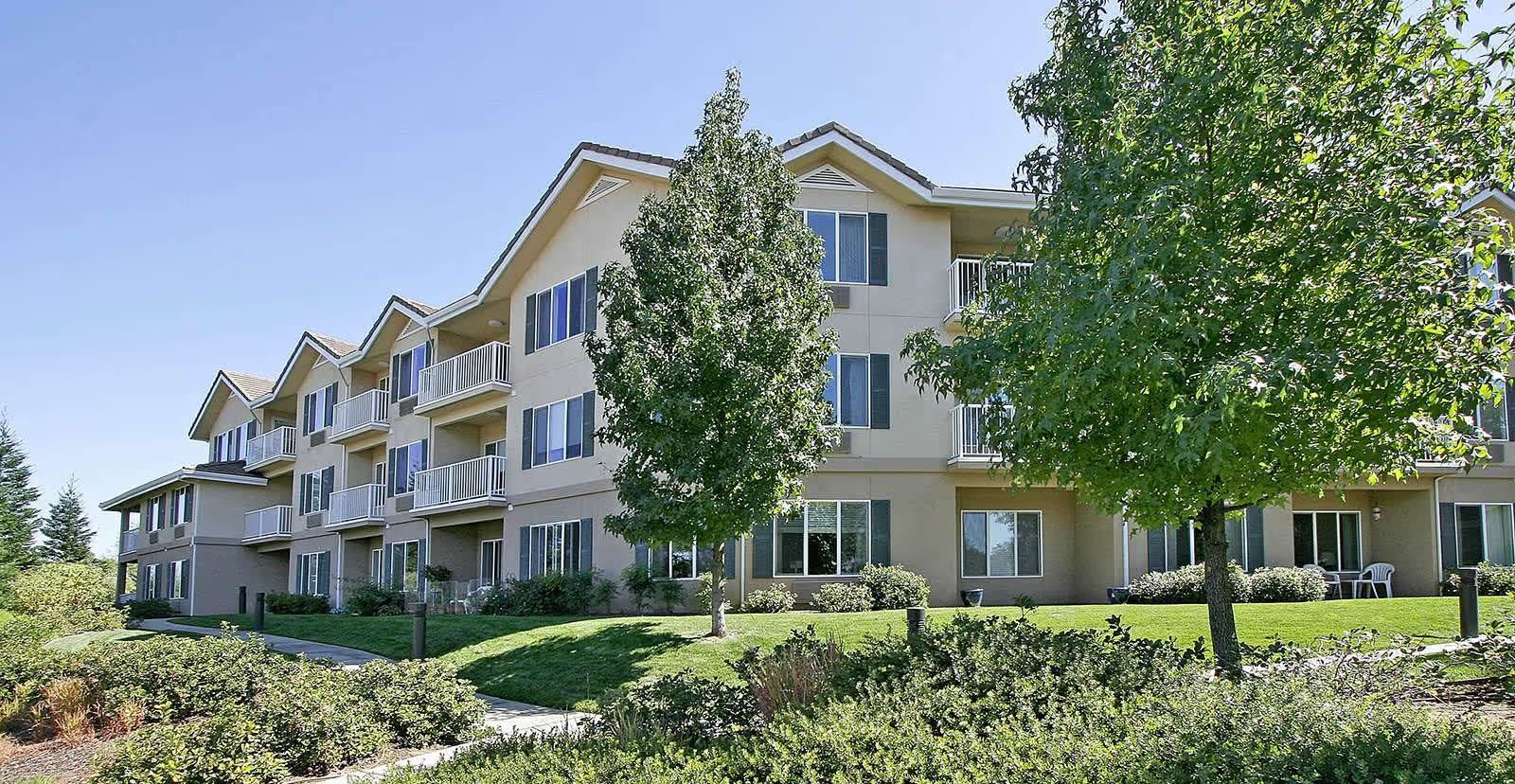The reviews of Fir Lane Care present a highly mixed — and at times sharply polarized — portrait of the facility. Two consistent themes run through the feedback: (1) many frontline caregivers (especially CNAs and therapists) are praised as kind, engaged, and effective; and (2) systemic problems in staffing, supervision, clinical oversight, and administration create recurrent safety, cleanliness, and clinical-care failures. Taken together, the reviews suggest a facility capable of very good rehabilitation and interpersonal care in individual encounters, but also vulnerable to operational failures that have led in multiple accounts to serious harm or near-harm.
Care quality and clinical oversight: A number of reviewers report excellent therapy and rehabilitation outcomes, with specific therapists named and commended for making therapy productive and even fun. Multiple families described successful recoveries, timely progress, and staff who helped get loved ones home. At the same time, there are repeated and severe allegations about missed medical issues (examples include failure to notice toe gangrene, lapses in edema/CHF monitoring, untreated infections, pressure wounds that became infected, and medication administration problems). Several reviews describe delayed medication, medicines changed without power-of-attorney consent, medications given to induce sleep between meals, and no RN or physician consistently present on the floor. These reports point to a pattern where clinical safeguards appear inconsistent and dependent on which staff are on duty.
Staffing, responsiveness, and safety: Understaffing is one of the most frequently cited problems. Reviews describe high CNA caseloads, nurses overworked and hard to find, long waits for assistance, and frequent call-light delays. Reviewers link staffing shortages to concrete safety incidents: falls (including bed falls and head injuries), patients left soiled for extended periods, inadequate wound care, and in some reported cases transfers to higher-level care/ICU. Several families explicitly stated the environment felt unsafe for medically fragile or post-surgical elders, and some reported filing or pursuing reports with authorities or Adult Protective Services. There is also clear variation across shifts and individuals: while many CNAs and therapists receive praise for compassion and effectiveness, other staff or shifts are described as unresponsive or rude.
Cleanliness and environment: The facility's physical appearance and cleanliness are described inconsistently. Positive comments note clean hallways, regularly changed bedding, and curb appeal/parking in good condition. Conversely, multiple reviewers reported foul urine smells, unsanitary conditions (biohazard mattress left near entrance, dirty rooms), ragged or thrift-store furniture, worn finishes, and a generally dark or depressing interior. Several firsthand accounts describe extremely distressing scenes—patients left in feces, soiled beds not changed promptly, and bodily fluids left in rooms—which are tied to concerns about infection risk and dignity of care.
Dining and special diets: Food quality gets mixed reviews. Several families said the meals were tasty and timely and that special needs were accommodated. However, other reviewers specifically flagged that diabetic and CHF diet requirements were not consistently followed. There are also accounts of meals left untouched while soiled items or used urinals lay nearby, reinforcing concerns about care coordination and sanitation rather than food quality itself.
Activities, therapy, and social support: Positive social programming and memory-care orientation appear in a number of reviews; events like trick-or-treating were noted as enjoyable for residents and visitors. Therapy and rehabilitation services are a strong positive theme: therapy teams are described as engaged and effective, contributing to many successful returns home. Likewise, some administrative and social services staff were praised for clear discharge planning, follow-up calls after relocation, and for assisting families through transitions.
Management and administration: Opinions about management are sharply divided. Several reviews praise executive-level staff as kind, knowledgeable, and instrumental in improving morale and helping families transition. Others criticize administration for poor communication, punitive or coercive behavior (including reports of families being pressured or residents being threatened with discharge), slow paperwork and delayed discharges, and a perceived for-profit mentality that pressures therapy use or billing. These conflicting perspectives suggest that leadership changes or uneven management practices over time/shifts may influence resident experiences.
Notable patterns and risks: The most alarming and frequently repeated issues are (1) understaffing leading to delayed care and safety incidents; (2) inconsistent clinical monitoring and medication handling, sometimes with serious consequences; (3) hygiene and sanitation failures that risk infection and dignity; and (4) variable administrative responsiveness and communication. Positive reports about caring CNAs, effective therapists, and successful rehab indicate the facility has competent frontline staff and the potential for good outcomes, but reliability and consistent oversight appear inconsistent.
Bottom line: Fir Lane Care shows evidence of both high-quality interpersonal care (especially from CNAs and therapists) and serious systemic shortcomings that present safety and dignity risks for vulnerable residents. Families who are considering this facility should weigh the strong rehabilitation/therapy praise against multiple reports of understaffing, clinical oversights, sanitation lapses, and problematic administration. If choosing Fir Lane Care, visitors and decision-makers should verify current staffing levels and nursing coverage, review recent inspection/APS records, clarify medication and POA consent policies, monitor wound and skin care closely, and consider frequent in-person checks or an active family advocate to mitigate variability in day-to-day care. These steps reflect the patterns reported across reviews and aim to help families protect medically fragile loved ones given the facility’s mixed performance.







